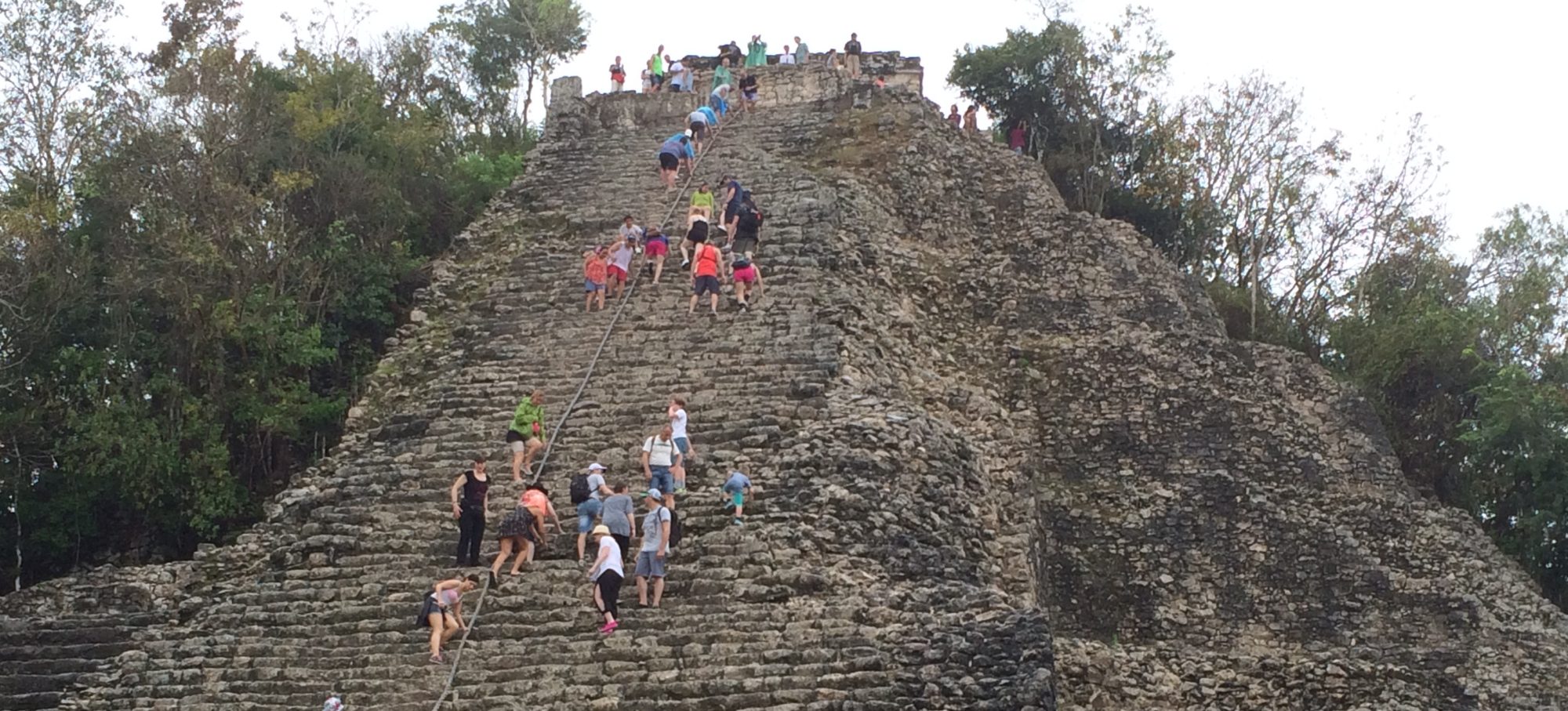March 11, 2017 at the Penn Museum: Franco D. Rossi, PhD, Boston University and Brandeis University: “Is Re-Provenience Possible?: Dilemmas of Context and Looting at Xultun, Guatemala”
In US museum collections, there are many Classic Maya vessels featuring “emblem glyphs” that provide epigraphic clues to original contexts. However, due to the fact that many of these objects were not archaeologically excavated, but rather entered the United States through illicit means, they remain devoid of context beyond the general designation of “Classic Maya”. The widespread detriments and consequences of “looting” systems and illicit antiquities’ markets are well-known, and the damage these markets have wrought on sites throughout Mesoamerica is sadly quite extensive. In this talk, he focused on the ways his team’s recent archaeological research at the site of Xultun, Guatemala grapples with ethical and material challenges to research and preservation through a case study of the Xultun ruler, Yax We’nel Chan K’inich—whose name bridges a recent archaeological discovery, a body of illicitly excavated objects, and the inscribed history of the ravaged material record that remains onsite.
Franco Rossi is an archaeologist and epigrapher specializing in the pre-Columbian Americas, with a focus on politics of literacy, architecture and art of the Ancient Maya. His work draws from fieldwork he conducted at the site of Xultun in Northeastern Guatemala as a part of the San Bartolo/Xultun Regional Archaeological Project—examining the archaeology of a complex called Los Sabios and its rare murals. He investigates this unique body of evidence as a window into broader questions of how writing, expertise, and science education were managed in ancient Mesoamerican statecraft.
There was also a Glyph Workshop presented by Dr. Rossi. This Glyph workshop focused on the hieroglyphic texts of Northeast Petén, with a special focus on contextualizing the history of Xultun in relation to the macro-politics of the Classic period. There was an accompanying Workbook of glyphic texts of the Northeast Peten.

